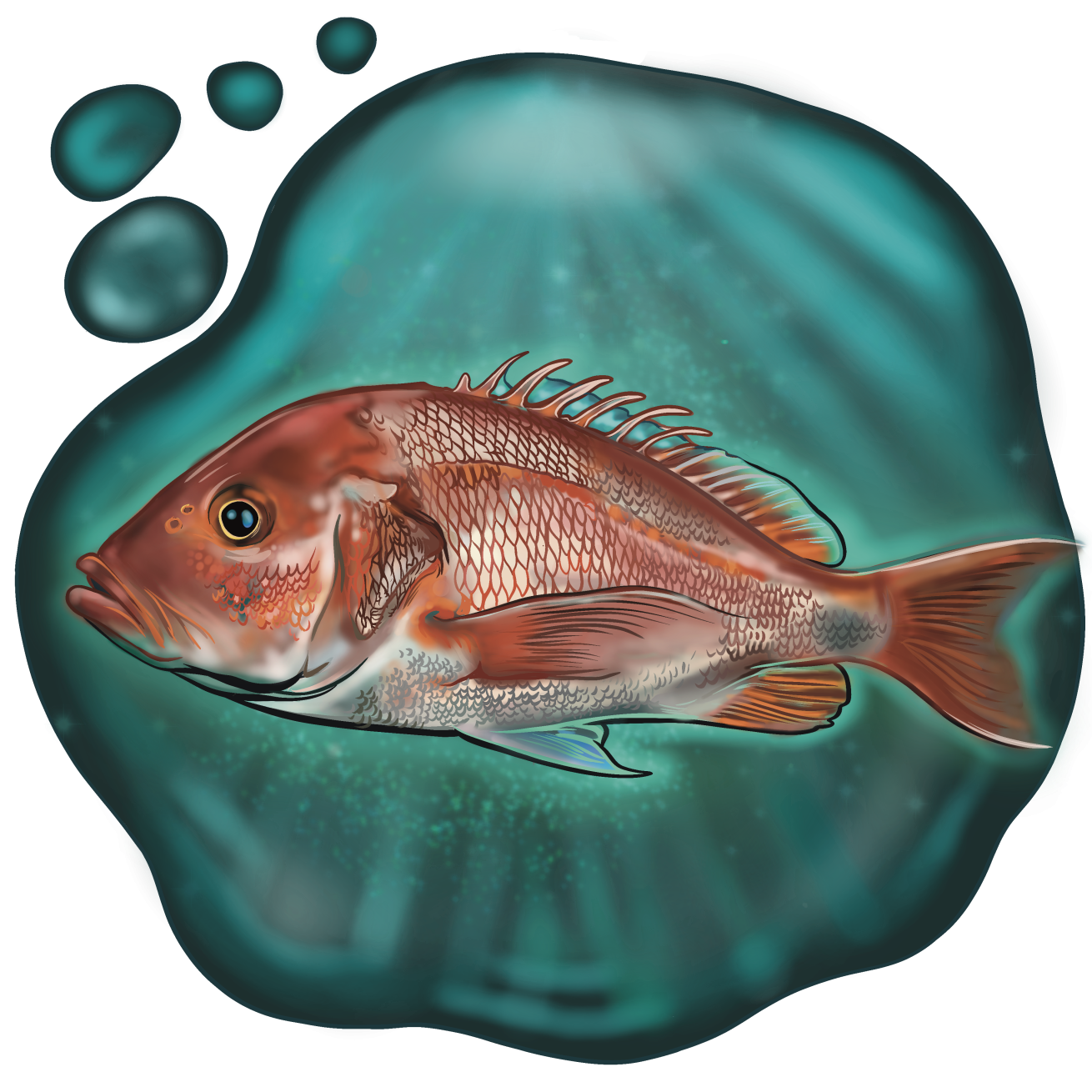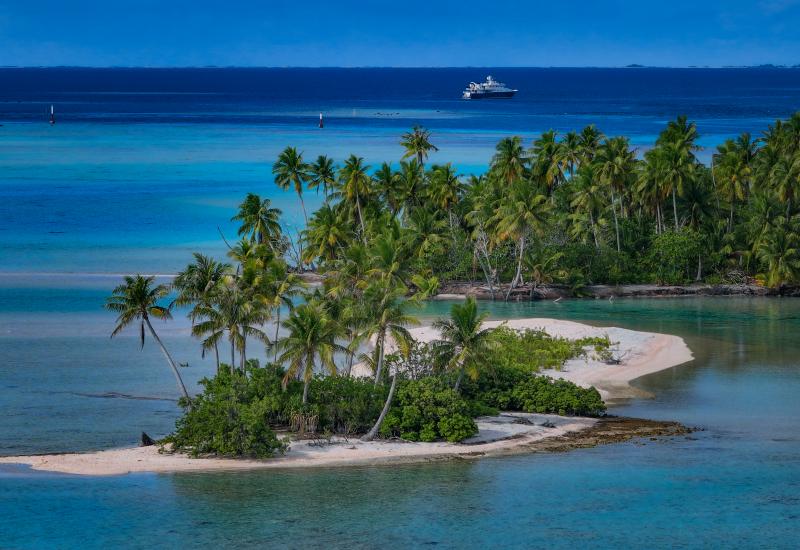How to Dive the Florida Panhandle Shipwreck Trail

Barry ShivelyThe 911-foot-long aircraft carrier USS Oriskany, sunk just south of Pensacola, is a standout of the Florida Panhandle Shipwreck Trail.
Florida has a huge history of treasure hunting, especially on the east coast,” says archaeologist Melissa Price. “On the gulf, people are really protective of artificial reefs.”
Price, who works for the Florida Department of State’s Bureau of Archaeological Research, champions the rich dive community surrounding the Florida Panhandle Shipwreck Trail and admires the community’s efforts to preserve the wrecks for future generations. The resulting experience fosters interest, curiosity and respect for this monument to history (which also happens to be a fun series of dives).
Based on a similar wreck trail in the Florida Keys, the Florida Panhandle Shipwreck Trail was established in 2012 to help revive tourism in the region after the Deepwater Horizon oil spill. It originally consisted of 12 wrecks peppering the seafl oor from Pensacola in the west to Port St. Joe in the east. Later, eight more wrecks were added to the list. Divers can collect stamps in designated Florida Panhandle Shipwreck Trail Passports—available at local trail partners, such as Dive Pros in Pensacola—with each dive.
“It’s challenging to do the whole trail, but it can be done!” says Kerry Freeland, president of Dive Pros. Freeland’s wife, Jessica, runs the local 3rd Coast Divers club and set out in 2019 to get double-digit participation from resident divers completing the whole trail.
The mission was a success: It took about four months for 10 divers to complete. The logistics were complicated, Freeland says, and diving some wrecks, such as the Belize Queen/Bob Reay Reef off the coast of Destin, Florida, took several attempts to get the right conditions.
“Pensacola is the cradle of naval aviation,” Freeland says. Topside visitors to the National Naval Aviation Museum can find 150 restored aircraft from different branches of the armed forces, but divers can explore a sunken aircraft carrier about 23 miles offshore: the legendary USS Oriskany, aka the Great Carrier Reef.
The Oriskany is a trail favorite of both Price and Freeland. The behemoth vessel sits close to the Gulf Stream in over 200 feet of water, with the top of the carrier coming into view at about 80 feet. Freeland calls the ship’s superstructure (at 80 feet tall and 180 feet long) “a wreck all by itself.” It was prepared for divers by removing doors and making other modifications for safety and ease of access.
Related Reading: Local Diving: Payette Lake, Idaho
“There’s so much to see in the 110- to 120-foot range. The water is usually pretty clear, and you can see the bottom at 150 feet. We’ve had whale shark sightings, manta rays, schools of 20-pound snapper and a grouper,” says Freeland.
“I’d never seen such a large vessel—it just kept going off into the distance. It’s a wild dive on its own, and there’s a strong current,” explains Price. “We were only on the upper parts of it—the actual seafloor is beyond recreational diving limits.”
The variety of wreck types, water depths and levels of complexity sprinkled throughout the trail attracts a wide swath of divers. The tugboat Miss Louise, sitting in 60 feet of water off the coast of Destin, is “good for novice divers,” Price says. But the wreck’s resident sea turtle and other prominent marine life make it a memorable dive for all.
Freeland recommends knocking out the more logistically challenging dives like Miss Louise or Vamar at the start. Each wreck offers the opportunity to dive among some pieces of United States history that are slowly degrading beneath the surface.
“As an archaeologist, what’s surprising to me is the local community stewardship,” Price says. “These are nonrenewable resources. You can never have another 1941 vessel that was sunk. We must preserve what we have.
“It’s interesting to consider them as living museums—instead of sitting in a lot and degrading, they can be appreciated in a different way
Related Reading: The Art of Diving for Shipwrecks and Treasure

Cassidy VincentSITE SPOTLIGHT
Red snapper (Lutjanus campechanus) are very common artificial-reef dwellers in the Gulf of Mexico. There are over 100 species of Lutjanidae, which can grow over 3 feet long and weigh up to 50 pounds. They get their name from their canine teeth and fluorescent red coloring.
The National Oceanic and Atmospheric Administration stocks red snapper in the Gulf of Mexico and the South Atlantic. While juveniles prefer shallower depths, adult red snapper love deeper waters with some structural relief. Understanding these habitats is key to ensuring there are enough red snapper to meet recreational and commercial fishing demand—over 10 million pounds were fi shed recreationally in 2021.
NEED TO KNOW
Pro Tip
To fully enjoy the Oriskany and other nearby wrecks: “If you’re flying in, do some work-up dives first so you’re not busy figuring out your gear,” advises Freeland.
How to Get There
Start somewhere between Pensacola and Port St. Joe. Freeland recommends packaging several wrecks together—ask an operator for suggestions.
What to Bring
3 mm wetsuit, with variations depending on the time of year.
Local Resources
Dive Pros florida-divepros.com Florida Panhandle Shipwreck Trail floridapanhandledive trail.com










